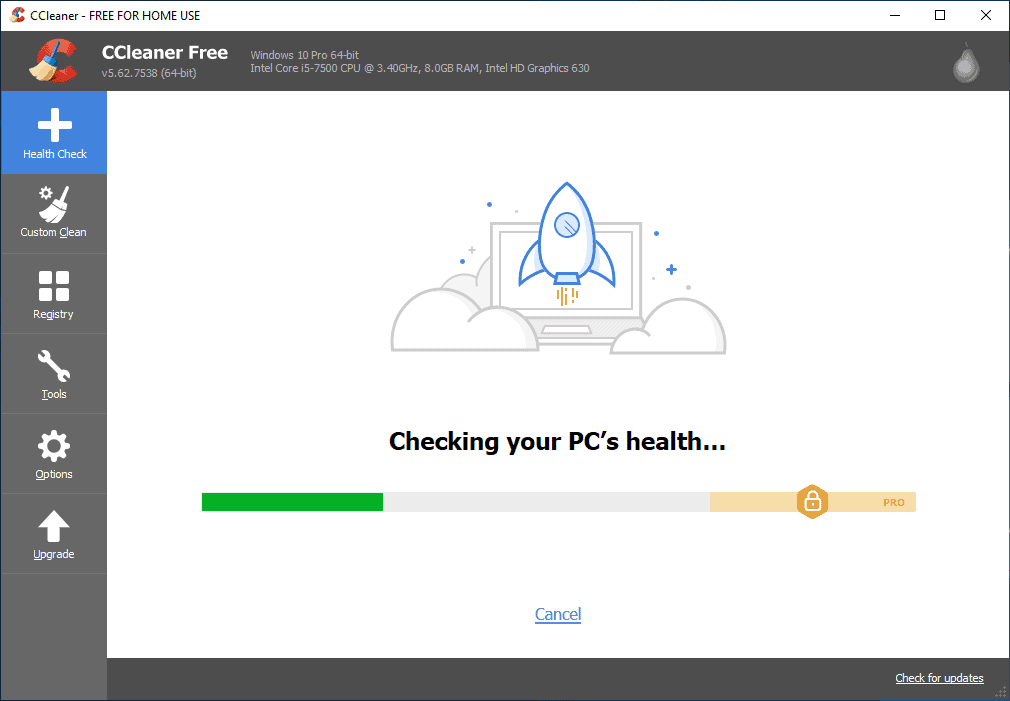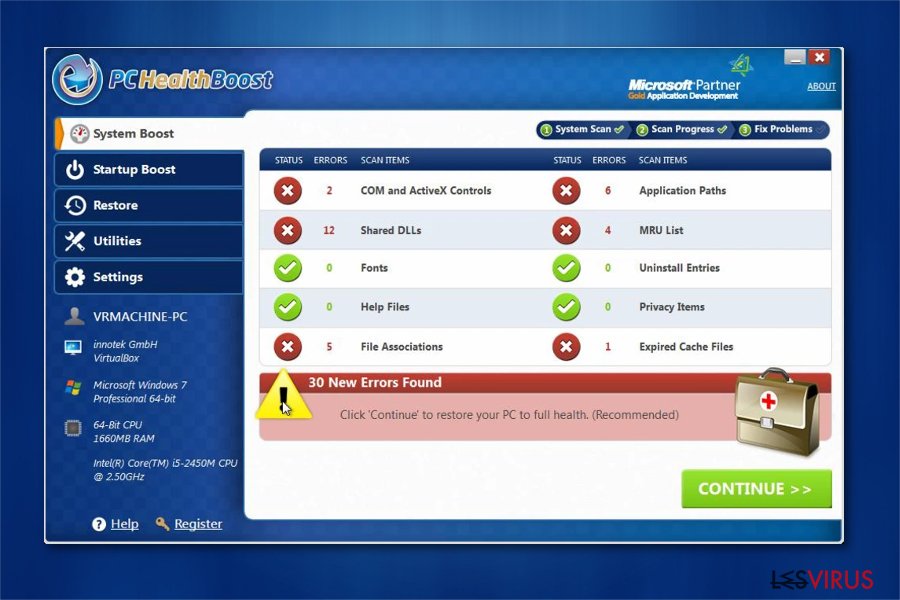
- PC HEALTH JDISKREPORT HOW TO
- PC HEALTH JDISKREPORT INSTALL
- PC HEALTH JDISKREPORT DRIVER
- PC HEALTH JDISKREPORT FULL
It will run in the background and monitor your disk temperatures.
PC HEALTH JDISKREPORT INSTALL
All you have to do is install the service if it’s missing and run it. Hard-Disk: The hddtemp service will give you your hard-disks’ temperatures through the SMART functionality found on all drives today. Again, your specific distro’s package manager will come to the rescue. It’s capable of monitoring most, if not all the sensors present in your computer to give you a complete picture of how your machine is working. lm_sensors is the de facto hardware monitoring tool for Linux. In such cases, lm_sensors comes to the rescue. If you get an error saying that the device is not supported, you most probably have an incompatible motherboard.

Typing “acpi -t” in the command line will give you the processor temperature. If you have a modern ACPI-compatible system, and chances are that you do, you will be able to monitor your CPU temperature easily. There are various methods of tapping into the information provided by the sensors.
PC HEALTH JDISKREPORT DRIVER
Again, most modern distros will bundle in some form of driver which will interact with the temperature sensors placed inside the hardware. Therefore, making sure that your CPU is running within a safe temperature range is of utmost importance. Monitoring temperaturesĬPU: As the processor temperature keeps increasing, for every degree, its life keeps getting shortened by the heat. For people who build their own custom kernels, make sure to select cpufreq during kernel configuration and include it as a built-in driver rather than a module.
PC HEALTH JDISKREPORT HOW TO
If your distro doesn’t have powernowd installed (Ubuntu 8.10 does), refer to its documentation to know how to install the service and run it at boot-time. On most modern distributions, the kernel has the CPUfreq driver built into it, so simply running the powernowd service is enough to turn on the power-saving mode. Powersave- Lowest speed and least power consumption. Performance- Fastest speed and highest power consumption. Fire up a 3D game and watch the CPU frequency jump to its highest possible value, and use maximum power.Ĭonservative- This is just like Ondemand, but it’s conservative at shifting up a higher gear during demanding loads. So a simple card game will not push your processor beyond it’s lowest clock-speed, ensuring that your hardware is using minimum power. Ondemand- This setting will use the upper and lower limits of your processor’s clock speed and fluctuate between them as per your performance needs. You can customize the level of power-saving through the governors/preset modes which are available from the kernel:

You will have heard of AMD’s Cool n’ Quiet or Intel’s SpeedStep technology. The “powernowd” service in Linux interacts with the cpufreq kernel driver to govern the processor power-saving mode.
PC HEALTH JDISKREPORT FULL
Longer battery life while on-the-move, lower temperatures when not demanding full performance from your computer and prolonging the life of your hardware are just some of the advantages of using the power-saving modes available for your hardware. Over the next few paragraphs, you will learn a few valuable tricks to make the most of your current hardware setup.

This includes, but is not limited to keeping your hardware running at an optimum temperature, turning on power-saving modes on your computer and keeping your disks free of junk. Monitoring your hardware is always an investment, but it keeps rewarding you for your proactive behavior day-after-day. But hold on! Before you go around installing 7 different media players, 4 different browsers and switching between desktop environments just for kicks, you’d do well to install a few small applications which will ensure that you keep your computer fit and ready to take on anything you decide to throw at it. And after reading tens of how-tos, you seemed to have found your footing in Linux and want to try new stuff. You finally decided to ditch Windows once-and-for-all, and took the leap into the exciting-but-scary world of Linux.


 0 kommentar(er)
0 kommentar(er)
